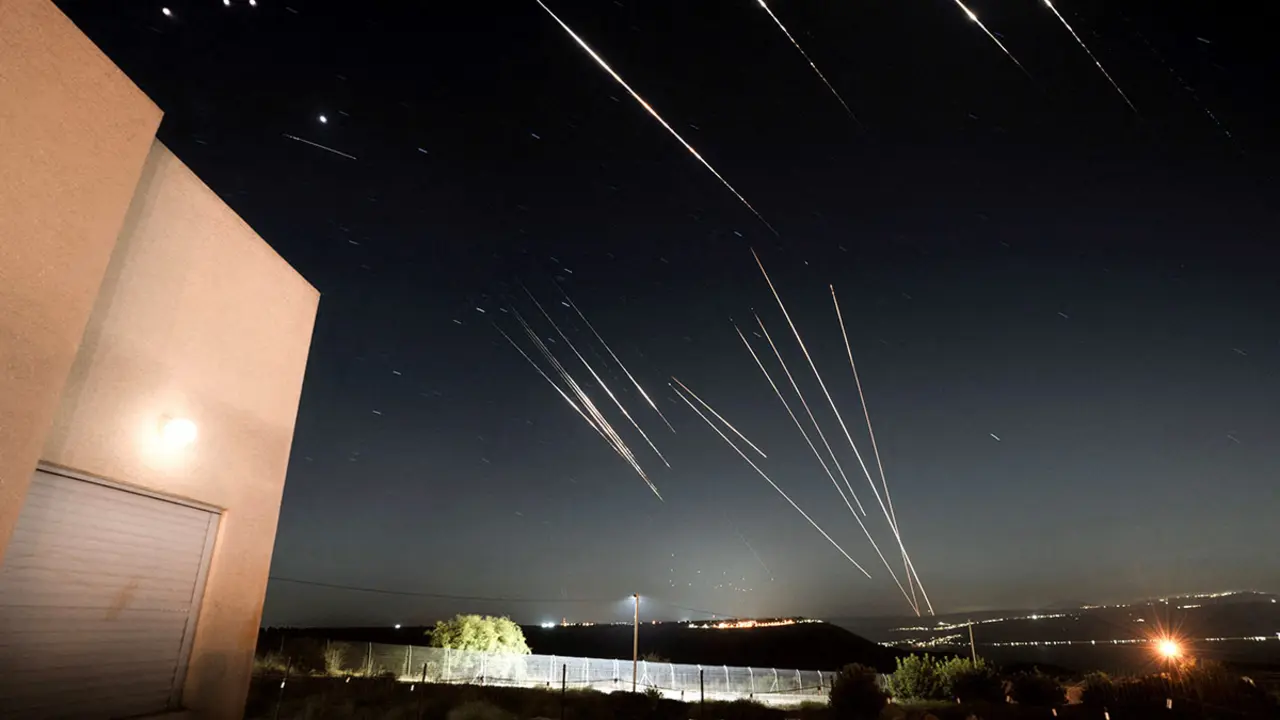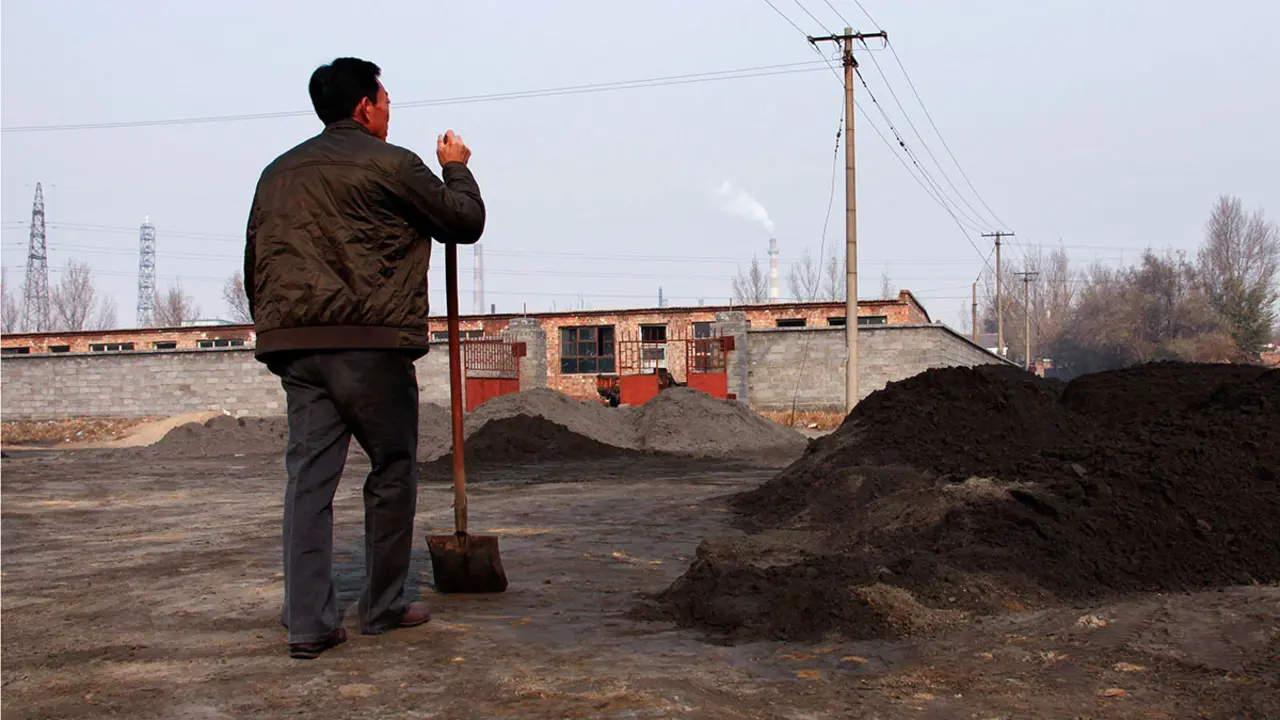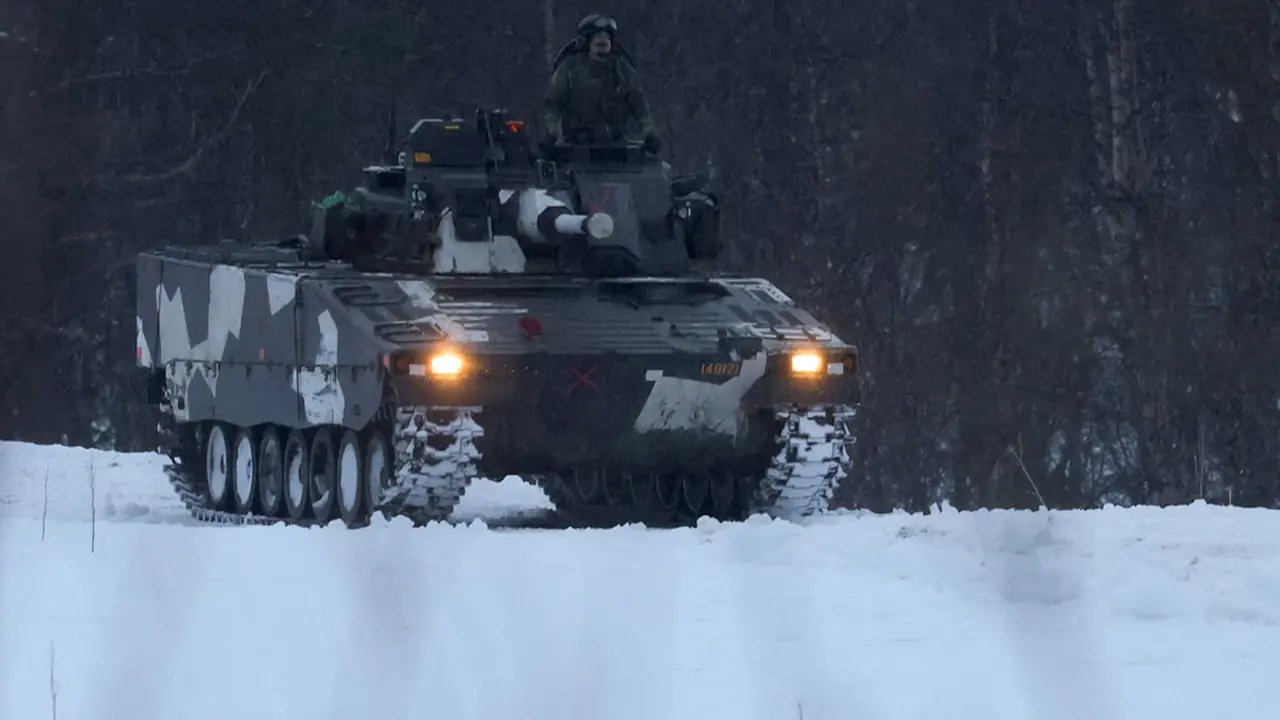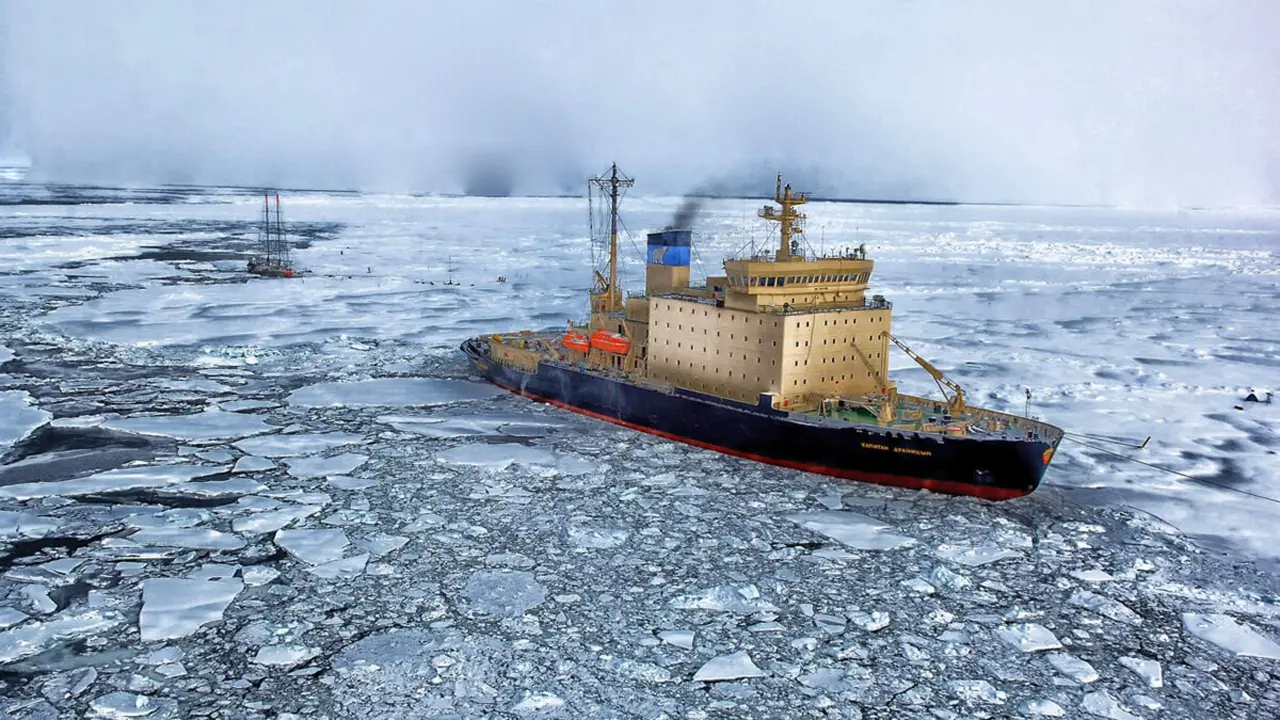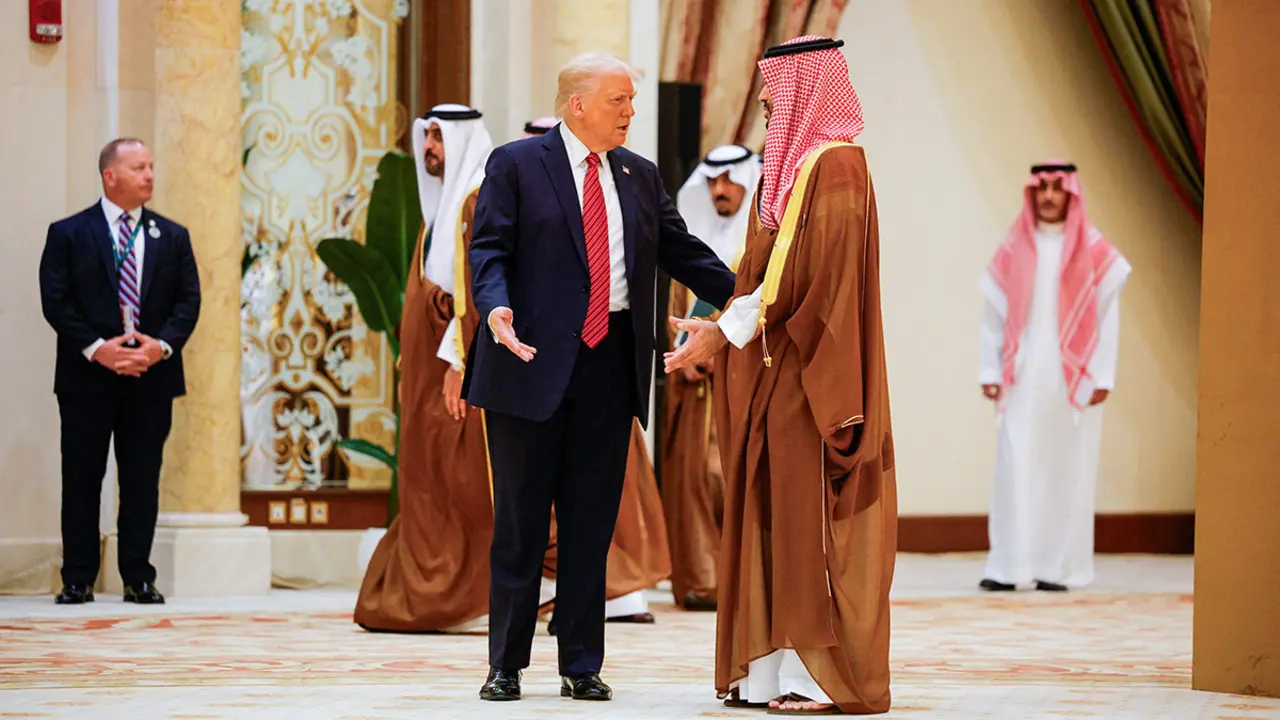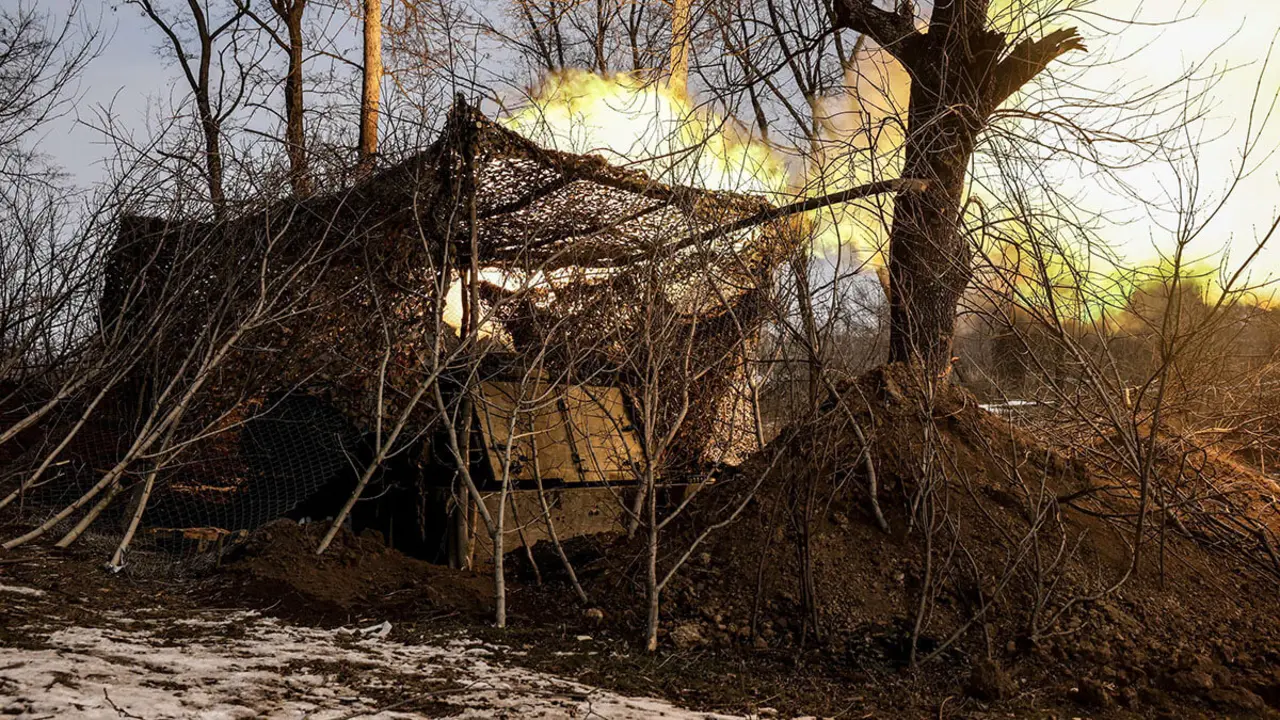The Arctic. The great Russian trump card (II)
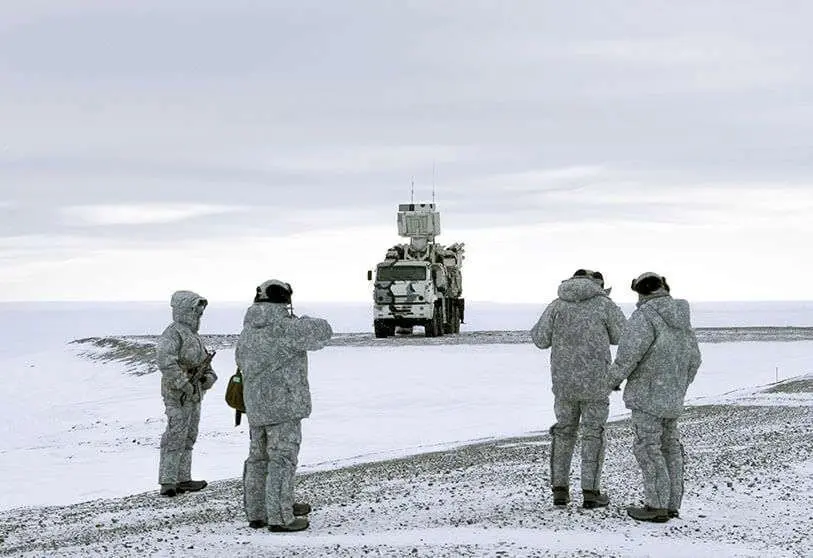
Since Gorbachev's famous 1987 speech on the Arctic in Murmansk, the international position taken on the issue has taken on a certain uniqueness. The international community assumed, or rather hoped, that the area's geographical and climatic isolation would also provide the same level of insulation from the tensions generated in other areas of the planet and protect it from becoming a zone of confrontation between the great powers.
But in view of the events of recent years and Russia's attitude in the international arena, it is not surprising that there are those who, in a realistic approach, are willing to change this paradigm. In 2015, the Finnish Institute for International Affairs published a document called 'Critical Reflections on the Uniqueness of the Arctic', in which it stated that what was happening in Ukraine would not stop there, and that similar events in other parts of the world would end up being reproduced in the vicinity of the Arctic region.
The feasibility or otherwise of proposals to preserve safety in the Arctic is closely linked to the view of the region as a true 'exception'. So far, and despite what has happened in Ukraine, this can be considered as such, and the inclination of all countries with interests in the area to cooperate is greater than elsewhere

Although contacts with Russia in the region on security and military issues have been drastically reduced, the 2008 Ilulisat Declaration can still be considered valid, and both the Coast Guard forum and the agreement on SARs and dumping control continue to be the framework for implementing cooperation efforts.
It is an incontestable fact that the effects of climate change, together with advances in technology when it comes to nuclear-powered icebreakers, are opening up a gap of hope for the complete navigability of the Arctic Ocean. This, together with the enormous reserves of energy and other resources it holds in its depths, adds highly significant commercial value to the pre-existing strategic importance that Russia's northern coast already had.
The strategic importance of the Nordic theatre during the Cold War years lay in the fact that it was the bastion of the Northern Fleet. Today, although diminished by the changes following the fall of the wall and at a time when nuclear deterrence has taken a back seat, that importance still remains, while the Arctic flank facing the Pacific is becoming more important with the emergence of an increasingly important and developed China that is claiming its space in the international concert.
All of this means that since 2007 Russia has begun a strong campaign clearly demonstrating its intention to redouble its efforts to meet its claims in the Arctic, at the same time as it has carried out negotiations with other players in the area of significant importance such as Norway, with whom it signed a treaty in 2010.

If we want to effectively maintain security in a region, the first premise is to have reliable expectations of a change in the peaceful attitude of the different players. And as far as the Arctic region is concerned, it has to be accepted that, at least so far, the conditions for maintaining a "regional safe community" have been in place in a reasonably acceptable way. Common safety lies basically in the certainty of the different members of the community that none of the players will start a war to solve possible disputes or disagreements of any kind. And in relation to the Arctic, the five countries of the region confirmed this way of proceeding in the 2008 Ilulisat Declaration, stating that they trust in a broad international legal framework that applies to the Arctic Ocean to resolve any claim, dispute or particular interest in a satisfactory manner for all.
The second element that characterises a safe community such as the one we are dealing with is the absence of an arms race in the area. Or, in other words, the refusal of the states involved to engage in a competition to increase their military capabilities either in the area itself or capabilities developed specifically for intervening in the area (read, for example, in this case, developing specialised units equipped to fight on the ground in extreme winter conditions).
Thus, in order to reinforce the expectations of peace and mitigate the preparation of war operations of all kinds, the countries of the area must take certain key measures such as their military deployments having a merely defensive and demonstrable character and always related to public security (an example could be Canada, whose UAVs operating in the area are not armed as well as its Coast Guard). Another measure is the shared use of rescue means in the area or the use of protocols that bring together means from several of the countries involved. Reinforce the transparency of military operations and exercises in the area by holding regular meetings of those responsible for defence, as well as being explicit when declaring the non-intended nature of any threat to the sovereignty and territorial integrity of the rest of the nations. Furthermore, in the case of NATO, it has always kept the Arctic region out of its areas of operations as a redundant or additional measure.
Any measure that avoids an escalation or military race in the area and supports the expectations of a 'status quo' based on peace and understanding will be useful to strengthen the Arctic as a secure community, something that certainly makes it an exception in the current international context but at the same time can be a piece of the puzzle to extend a global security architecture.
This is undoubtedly an ideal situation, which is far from the reality dictated by events.
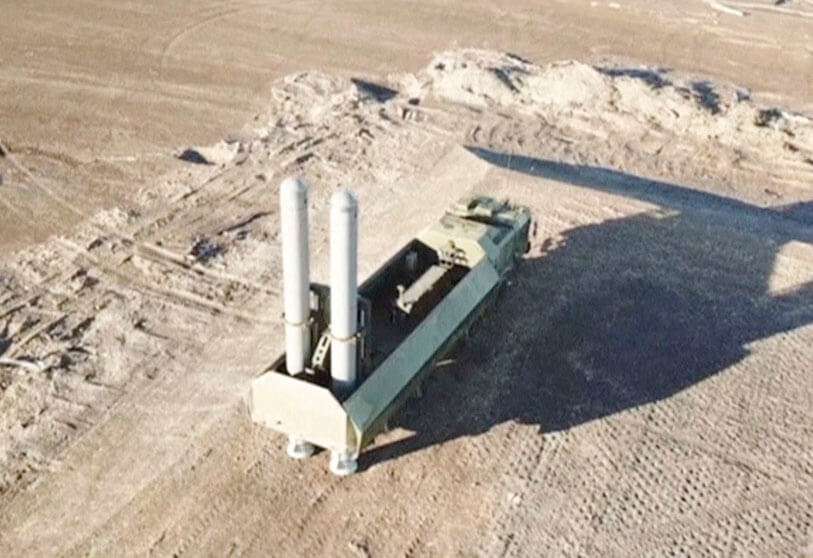
The reasons why the Arctic region is of strategic importance to the Kremlin are diverse. Some were already outlined in the first paper of this series. But now we'll look at these in a little more detail. First, the region is home to important population centres. Arkhangelsk is the largest city in the Arctic with a population of approximately 350,000, followed by the better-known Murmansk which is home to 300,000 people. If we compare them with the most populated city in the area belonging to the USA, which is NUUK with 17,000 inhabitants, we see that the difference is more than significant. And those numbers are already an important indicator. But what is significant in itself and is changing the rules of the game in the area is that under the leadership of Vladimir Putin the Russian Arctic region has been reaffirmed and emphasized as a top level patriotic and nationalistic issue.
The Russian economy is heavily dependent on its oil and gas industry, and as already mentioned those resources are abundant in the Arctic, including the Yamal region where Russia has a huge liquefied natural gas plant. That is why Russia is very sensitive to any movement or action that could affect the security of its energy infrastructure.
The so-called North Sea Route, also mentioned above, which, to be somewhat more explicit, runs along the Russian coast from the Kara Sea to the Bering Strait, is gradually becoming more passable, although it is still far from becoming a main route, as navigation in the area is extremely difficult: according to data from 2017, only 27 ships passed through it that year. But despite this, it is an important point because of the volume and the peculiar goods that travel through it. In that same year a record was set, registering a total volume of transit of 9.74 million tons, mainly gas, oil, wheat and coal. These figures make this route a major economic artery for the country, with a huge growth potential, which is why Russia will try to keep it under its control and protect it at all costs.
There is another fact that cannot be overlooked. Russia is the only coastal country in the Arctic region that does not belong to NATO, and considers the Arctic to be a key area for the protection of its territorial integrity. From a strategic military point of view, there is an interesting paradox. The weather conditions and the ice that covers the sea most of the year make that portion of the Russian coast inaccessible for months, despite the fact that climate change and the progressive retreat of the ice limits are gradually changing that situation. The North Sea Fleet is based on the Kola Peninsula near Murmansk, and this military structure owns two-thirds of Russia's nuclear submarine fleet. The conclusion is that the Arctic is both the mass of ice and water that protects Russia's strategic deterrents and the gateway that would allow a considerable portion of its naval forces to reach the North Atlantic.
Over the past ten years, Russia has progressively and significantly increased its military capabilities in the Arctic, opening new air bases and refurbishing existing ones, creating a specific Command for the region and two new brigade units specifically equipped and trained to operate in that area. At the same time, there are plans to increase the fleet of icebreakers, many of which are nuclear-powered, even though they are already the largest in the world.

The new military base built at Aleksandra is considered to be the largest building in the entire Arctic Circle. In 2015, the then Russian Defence Minister argued that the Arctic required a constant military presence, and consistent with these statements, the 'Maritime Strategy 2015' mentioned the Arctic region as the second priority after the Atlantic, but before the Pacific, which is more than eloquent. Continuing in the same vein, the same document published in 2017 highlighted the perception of serious military threats to Russian interests in the Arctic.
Obviously, Russia presents all these movements and the development of its military capabilities in the Arctic with a purely defensive character, which is true, but to a certain extent. And since the events in the Crimea, with the annexation of the region and the subsequent proxy war in eastern Ukraine, misgivings about Russia's real intentions have only increased. Most of these capabilities can be used for either defensive or offensive purposes. Among other actions, deployed radar systems are being upgraded and updated, ground air and anti-ship missile systems are being deployed, and some air force units equipped with MIG-31 and SU-34 have already been transferred to the base built at Aleksandra. These movements have not gone unnoticed by NATO, which has already drawn attention to the ability of the deployment to deny access and take control of several areas in the region.
If there is one country that is really concerned about this issue, it is Norway, especially about Russia's ability to create an area of denied access that would cover part of its territory even before NATO could act to help its partner. All this was clearly exposed during Russia's Zapad 17 exercise, where it demonstrated much of these capabilities.
The focus of tension with Russia when it comes to the Arctic is more on the European side than on the North American side. Despite the fact that the claims presented by Russia before the Commission for the Definition of the Limits of the Continental Shelf (CLCS) may collide with those presented by Canada, although in this case cooperation has prevailed over confrontation and both Canadian and Russian scientists have exchanged information during the time that they have been developing their respective studies to submit these claims.
The history of Russian claims to the CLCS is a long one. In 2001 Russia filed a formal claim over an area of 1.2 million square kilometres, stretching from the Lomonosov and Mendeleev submarine ridges to the North Pole. The Commission rejected this claim outright without requesting any further information. The Russian response was forceful: it sent a scientific expedition including a nuclear icebreaker and two mini-submarines to the area. Of course, the undertaking was suitably publicised and followed by the media, especially the moment when the mission planted a Russian flag (made of titanium) on the ocean floor over the Lomonosov mountain range, not without first having collected samples which allegedly proved that the mountain range is part of the Eurasian continental plate. During this 'confrontation' stage, Artur Chilingarov, at the head of the expedition, and vice president of the Duma declared: "The Arctic is ours, and we have an obligation to show our presence". This statement showed a clear line against the spirit of international cooperation in the area, while proving to be totally inappropriate for an expedition of a scientific nature.
In 2015, at the height of the Crimean crisis, Russia again submitted a revised claim on the same area. However, Denmark, Norway, the USA and Canada also have claims to it, in whole or in part. The resources that the Arctic holds are key in the medium term to sustaining the world economy, and control over them will determine hegemony or the role of whoever exercises it. But not all claims have had the same result. In 2014, the CLCS resolved its claim to the Okhotsk Sea continental shelf positively for Russia. This only shows us the complicated legal and interest-based game around what is considered to be the largest reserve of natural resources on the planet.
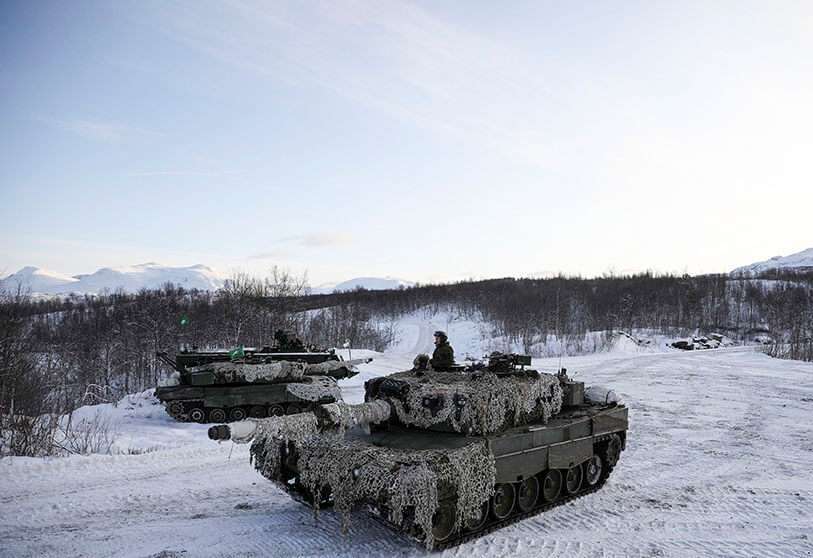
Notwithstanding the above, the collaborative attitude remains for now, at least when the purely political level is abandoned. Proof of this are the various international or bilateral agreements reached since 2014, including the Agreement on Enhancing International Scientific Cooperation in the Arctic and the Russian-American proposal (approved by the International Maritime Organization) to create six routes, each with two directions, to enable safer navigation in the Bering Strait.
These agreements show how the Arctic can still serve as a catalyst for the two powers to act in a more pragmatic way and join forces on matters of mutual interest. And despite what has been said, in the current context, it is Russia that is most interested in maintaining this tone of cooperation. If attention is to be paid to a more global context, Russia needs the cooperation of the other Arctic nations. Its energy industry needs an environment of security and confidence to continue to attract investors like China, for example, much more so in a scenario where the possible number of these has been reduced as a result of sanctions.
As was seen in the first part of this presentation, Russia continues to move between two positions that are more than complementary. It is assumed that the best way to achieve its objectives in the Arctic is through cooperation and negotiation with the countries involved within the international bodies established for this purpose, but at the same time the necessary capacities are being developed so that, on the one hand, they serve as a deterrent and measure of pressure and, on the other, if necessary, they can be used to claim or take by other means what they consider to be their rightful possession. And the example of the Crimea is more than clarifying in this respect.

Russia's growing public interest in the Arctic has resulted in some important changes in the other affected nations. Firstly, it has led to greater collaboration and unity among them. Sweden and Finland, two non-NATO countries, signed a "host nation" agreement with the Alliance in 2016, bringing it closer than they have ever been to the Atlantic pact. And following this line, in 2018 a three-way agreement was signed with the United States where they reaffirmed their intention to cooperate in various fields including joint military exercises.
On the other hand, Norway has increased the number of US Marine Corps troops that in a rotating way remain in its territory. This is a way of circumventing its agreement with Russia not to permanently host foreign troops unless there is a real threat.
NATO is paying increased attention to the problem of the Arctic, but it is a boggy terrain, and every move is made to try to prevent what is beginning to be a somewhat tense situation from becoming even more complicated. All the more so since only five of the Alliance's 29 member countries are Arctic nations. This may seem trivial, but anyone who knows the ins and outs of NATO decision-making and the reluctance to consider invoking Article 5 will know the implications. The Crimean crisis and its possible expansion to the Baltic countries demonstrated a very weak flank that Russia could well exploit at any time.
The Arctic remains the gateway to the North Atlantic, and the Alliance is extremely concerned about Russia's ability to deny such access or to interfere with lines of navigation or even lines of communication running along the seabed. Therefore, the creation of the new North Atlantic Command to protect transatlantic lines of communication together with the reactivation of the US 2nd Fleet that had been dissolved in 2011 underline the importance NATO attaches to Russia's policy and movements in the area.
Panel Discussion at the Halifax International Security Forum 2009, ‘Arctic Security: New Great Game?’
Lance M. Bacon, ‘Ice breaker’, Armed Forces Journal, March 2010
George A. Backus and James H. Strickland, Climate-Derived Tensions in Arctic Security, SANDIA Report, SAND2008-6342, Sandia, NM, September 2008
National Security Strategy, Osnovy, 2008; ‘Strategiya natsionalnoi bezopasnosti Rossiiskoi Federatsii do 2020 goda’, May 12, 2009
Øystein Jensen and Svein Vigeland Rottem, ‘The politics of security and international law in Norway’s Arctic waters’, Polar Record, Vol. 46, 2009
Roger Howard, ‘The Arctic Gold Rush: The New Race for Tomorrow’s Natural Resources’, London, UK
Strategic Studies Institute Monograph, ‘Russia in the Arctic’, July 2011
Ernie Regehr, ‘Militarization and Arctic Security’, July 23-27, 2017

